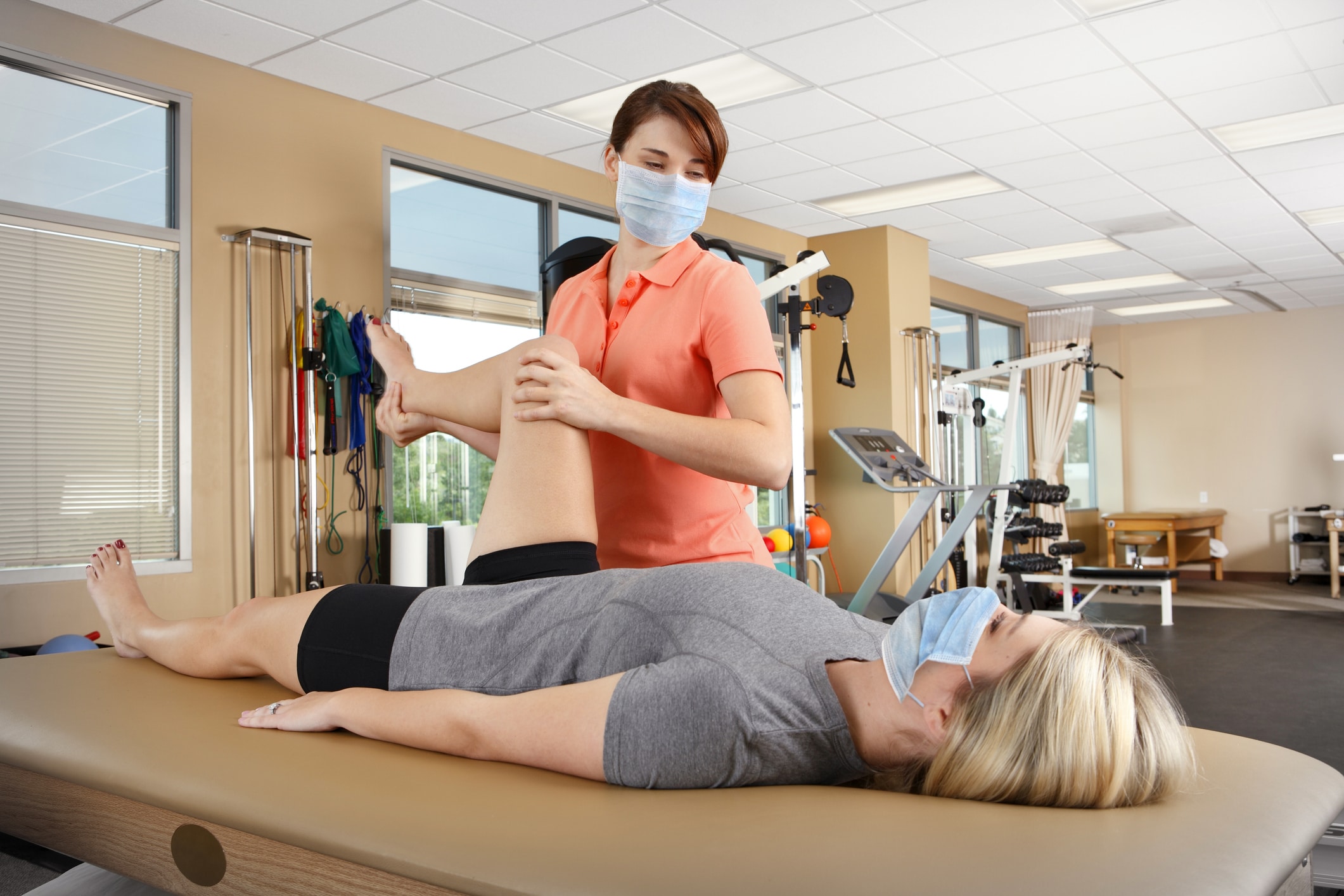Exploring the Varied Methods of Physical Rehabilitation for Enhanced Recovery and Rehabilitation
Exploring the Varied Methods of Physical Rehabilitation for Enhanced Recovery and Rehabilitation
Blog Article
Physiological therapy is an essential discipline that helps people heal from injuries, operations, and various medical conditions. It entails a variety of methods aimed to improve movement, reduce pain, and enhance overall physical function. Physiotherapy therapists are trained experts who evaluate each patient’s needs and create customized care plans. These plans often include workouts, hands-on therapy, and education about body mechanics. By employing these diverse techniques, physical can significantly improve a patient’s standard of living.
One frequent technique used in physical is rehabilitative exercise. This includes specific movements and exercises that help build muscles, improve range of motion, and boost stamina. For example, a patient rehabilitating from leg surgery may engage in exercises that focus on restoring strength in the lower limb muscles. These activities are meticulously selected based on the patient’s status and goals. By incrementally boosting the intensity and complexity of the activities, physical therapists can assist clients regain their power and mobility over a period.
Another crucial technique is hands-on treatment, which includes physical methods to manipulate the human body tender muscles and articulations. This can involve stretching, joint movement, and massage. Hands-on treatment aims to alleviate discomfort, reduce swelling, and improve blood flow. For example, a therapist may apply gentle force to relieve stress in tight muscles or to assist a articulation move more smoothly. This technique is often combined with other therapies to improve recovery and promote recovery. Clients often consider manual therapy to be a relaxing and beneficial way to manage their discomfort.
In addition to workouts and manual treatment, instruction plays a vital role in physiotherapy. Therapists instruct patients about their conditions and how to manage them efficiently. This may include guidance on proper posture, physical mechanics, and strategies to prevent subsequent injuries. For example, a practitioner might demonstrate a patient how to raise heavy items safely to prevent straining their spine. By empowering clients with knowledge, physiotherapy therapists help them Find Out More assume an active part in their recovery and promote long-term health and well-being.
Finally, technology is increasingly being incorporated into physical practices. Devices such as ultrasound, electrotherapy stimulation, and virtual environments can enhance traditional therapy methods. These technologies can help alleviate pain, encourage recovery, and provide interactive ways for patients to engage in their rehabilitation. For instance, virtual environments can generate immersive settings for patients to practice actions in a safe and protected setting. As technology continues to evolve, it provides exciting possibilities for enhancing recovery outcomes in physiotherapy.
In conclusion, physiotherapy includes a variety of methods that function together to support rehabilitation and rehabilitation. Through therapeutic activities, hands-on therapy, client education, and the use of technological tools, physical practitioners offer comprehensive care tailored to each patient’s needs. This comprehensive method not only helps clients regain their bodily capabilities but also enables them to sustain their health in the long future. As more people acknowledge the advantages of physical, it continues to serve a vital role in the pathway toward improved health and fitness.